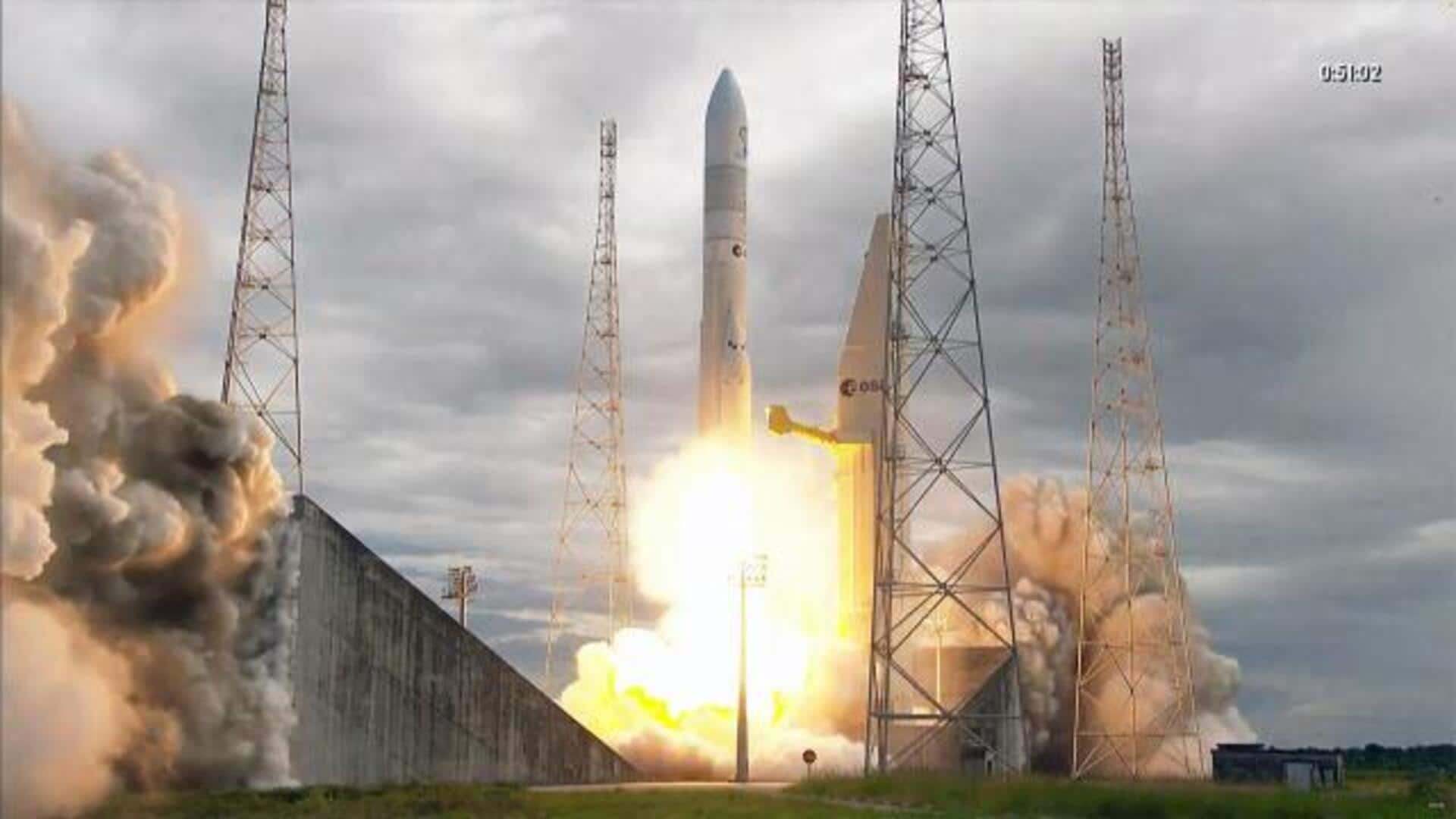
After 4-year-long delay, Europe's Ariane 6 rocket completes maiden flight
What's the story
Europe's Ariane 6 rocket has completed its maiden flight, delivering satellites into orbit. The launch took place at the spaceport in Kourou, French Guiana, at 4:00pm local time, after a brief delay due to a minor issue detected earlier in the day. Despite facing a slight trajectory deviation and a four-year development delay among major setbacks, the launch marks a significant achievement for Europe. "It's a historic day for Europe," declared Josef Aschbacher, head of the European Space Agency (ESA).
Rocket capabilities
Ariane 6 rocket's capabilities and future prospects
The Ariane 6 rocket, selected by the ESA in 2014, can place satellites in geostationary orbit 36,000km above Earth and deploy satellite constellations at lower altitudes. In its inaugural flight, the rocket carried a payload of university microsatellites, various experiments, and two atmospheric re-entry capsules. Despite the historical trend of nearly half of the first launches ending in failure, the Ariane 6 performed well with a commercial flight expected before year's end.
Space progress
Launch marks significant step for Europe's space program
The successful launch flight of Ariane 6 marks a major leap forward for Europe's space program, especially after the grounding of Russia's Soyuz rockets and the Vega-C light launcher's faliure left Europe without an independent means of launching satellites. Amid rising competition in the space industry from companies like SpaceX, the success for ESA is particularly noteworthy. The space agency plans to increase the number of flights in coming years to meet growing demand for satellite launches.
Twitter Post
Elon Musk congratulated ESA on its successful launch
Congratulations!
— Elon Musk (@elonmusk) July 10, 2024